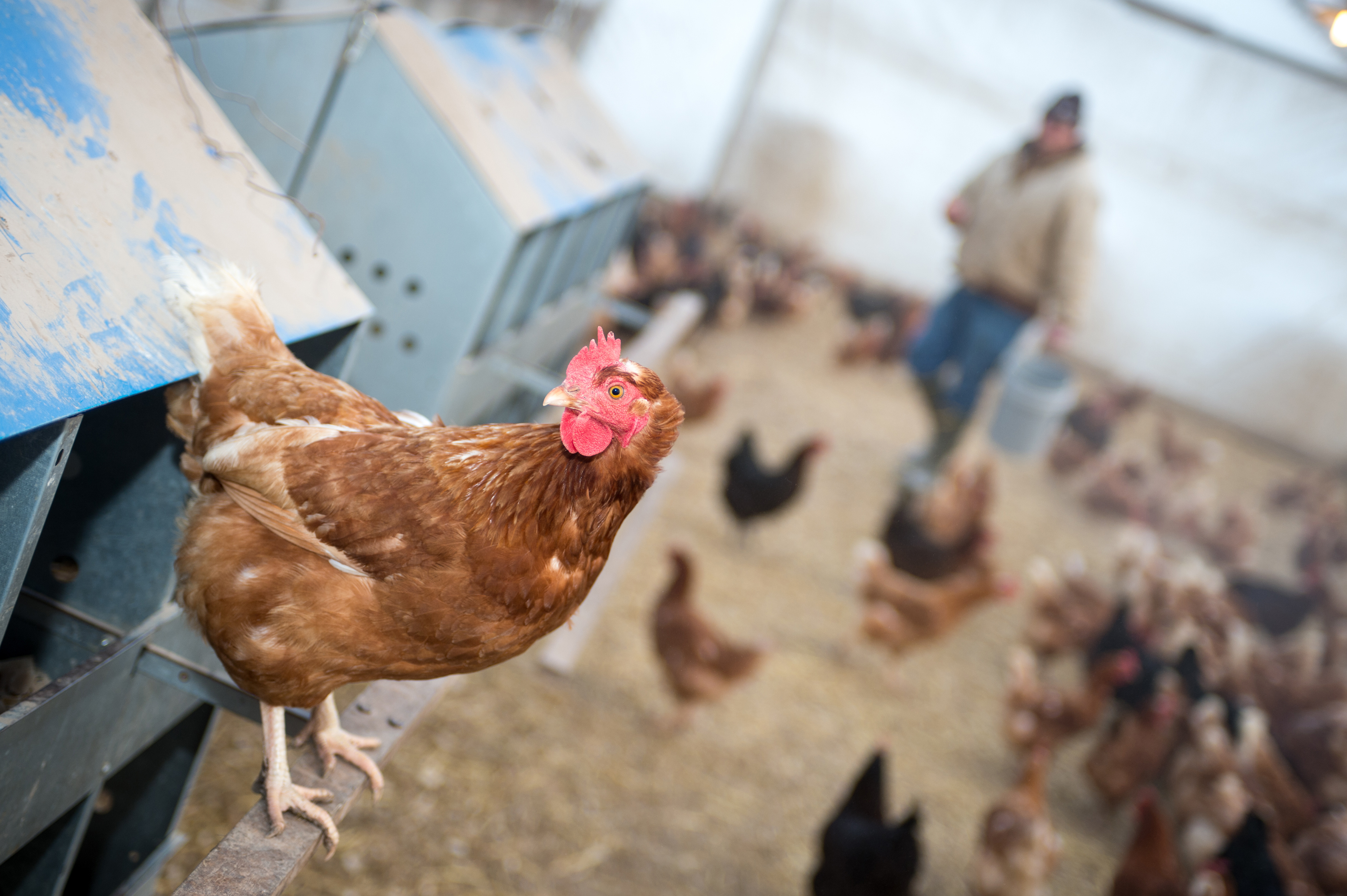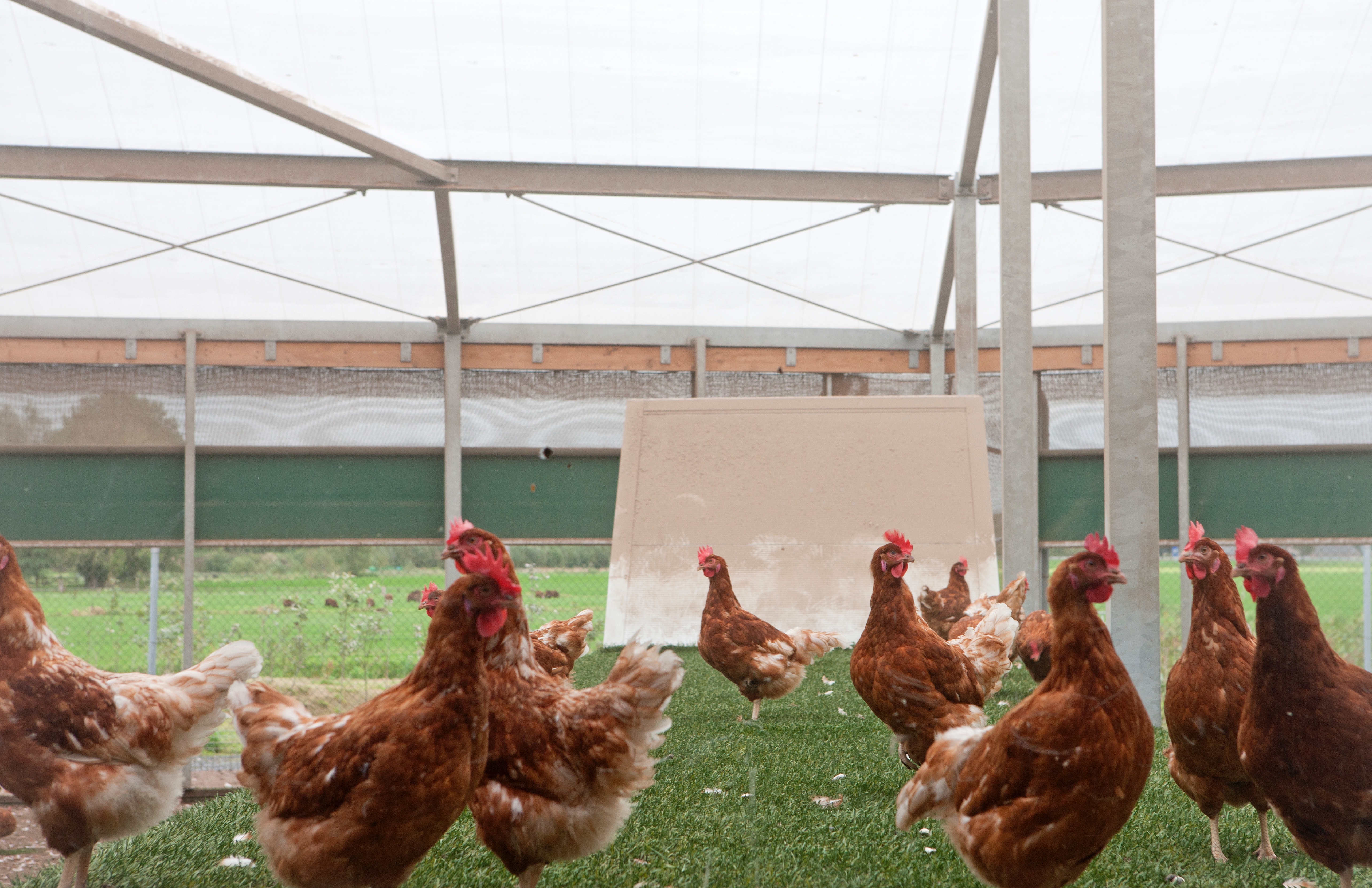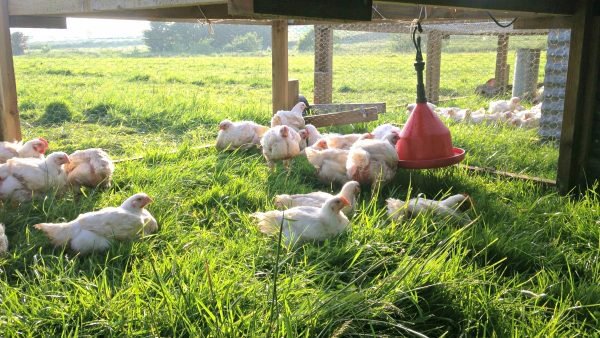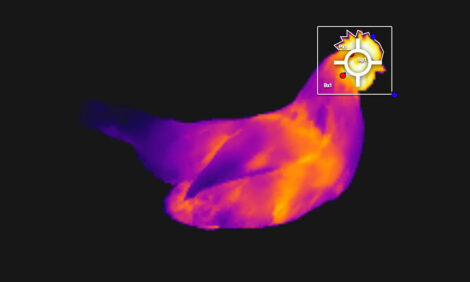



Pastured poultry farming: soil health and sustainability
Pastured, free-range and indoor poultry farming has advantages and disadvantages for farmers, poultry and the environment.Indoor systems provide a controlled environment where birds are vaccinated against disease, and mites can be kept to a minimum, while protecting livestock from predators. Indoor systems also make it easier for farmers to automate some processes, such as feeding and egg collection. However, the opposite effects can be seen if indoor systems are not properly managed, such as overstocking, which leads to cramped conditions that can affect the well-being of poultry and increases the risk of parasites and disease.

Sheds with free-range access to outside space can be a good environment for the well-being of the poultry, as there is natural light, perches, free movement and scratching available. While free-range systems allow poultry to access outside areas, that space is often static and fixed. While poultry do have space to move and exhibit natural behaviours, the constant presence of the birds can be harmful to pasture by increasing the parasite load, while too much manure can stop grass and herbs from growing.
Pastured poultry, in contrast, is more than a free-range system, and rather than raising birds in a fixed space, it provides access to fresh pasture on a rotational system. It offers an alternative to fixed housing and outdoor space that many advocates suggest creates healthier and happier birds, a better product for the consumer and benefits the environment.
With consumers increasingly aware of where their meat comes from, there is growing public interest in poultry that’s been farmed with welfare in mind, and in a sustainable way that has the least negative effects on the local and wider environment.
Pastured poultry and soil health
With proper management, there are significant benefits for soil health from pastured poultry. As birds roam freely on pasture, the manure is distributed back into the soil creating a nutrient-rich material for grass and pasture crops to utilise, which in turn provides food. The presence of plant roots creates structure that inhibits erosion and promotes drainage, while problematic insects are naturally controlled.
Richard J Bednarek, Jr, state soil scientist in Iowa for the USDA-NRCS, states the following in support of pastured poultry on soil health:
“In my opinion, having chickens on pasture is good for soil health. The chickens will on feed insects including the non-beneficial insects in the Soil Food Web. The chickens will eat the weed seeds reducing to eliminating weed pressure and improving the pasture vegetation’s root system. The roots hold the soil in place, improve soil structure, increasing water infiltration and improving soil biology with increased root exudates feeding the microbes. The chicken litter is high in phosphorus, helping low-phosphorus pastures.”

However, one concern is the notion that having a large number of birds raised on pasture can decimate the local insect population, lower the amount of pollinators and lessen the biodiversity of the area.
Terrell Spencer, NCAT agriculture specialist, suggests in his 2013 publication Pastured Poultry Nutrition and Forages that it is important to keep watch on the condition of pasture and to move birds often. If left too long in one place, poultry can damage the soil through over manuring, resulting in a soil that is too rich and burns pasture seedlings before they can establish. They can also inflict damage with their scratching actions.
Through regular rotation, over-grazing can be prevented by allowing areas to rest and recover before allowing poultry to forage there again. This means that plants are not uprooted and the microorganisms that surround the roots in the soil stay and maintain a healthy soil culture.
Philip Lymbery, chief executive of Compassion in World Farming says:
“Keep hens and chickens in small groups on grassland with cattle and sheep as part of the rotation. House them in moveable sheds to allow the pasture to recover. The birds will also eat grass, clover and bugs from the cow pats whilst their droppings help to restore soil fertility and reduce the use of artificial fertiliser.”
Somerset farmer Ollie White is the founder of Farm2Fork and provides grass-fed poultry and other meat nationwide. He practises a multi-species grazing model, where cattle are followed by sheep and then by poultry, creating a natural living ecosystem.

He raises chickens between April and September on fresh pasture in large, floorless portable field pens housing around 75 birds each. This allows birds to access unlimited herbs and grasses, as well as insects and worms. The pens are then moved to fresh pasture each day, and the grass is fertilised by the chickens as they are moved.
White says that, unlike conventional free-range systems, pasturing poultry, “works with the land, not against it. It improves soil health, reduces parasites and increases fertility.“
Is pastured poultry a sustainable option?
For pastured poultry farming to be sustainable, it requires management that benefits not only the health of the poultry and of the land, but of the farming business as a whole.
White explains that raising chickens on pasture works best as a seasonal opportunity, as there is no climate control as with indoor or free-range shed systems. However, the product can be frozen to provide a year-round income.
It is also more labour intensive than conventional systems because the outdoor pens need to be regularly moved. However, it does give a higher-value product. White suggests that in order to make a pasture-based system work from a business point of view, farmers need to sell direct to the public at retail price, rather than selling at wholesale prices to shops and suppliers.
He states: “Pastured poultry provides an opportunity for farmers to sell a high-value product directly to the public. There is a great story behind how the poultry is raised, and it offers a chance for farmers to connect with consumers.”
Although pasture allows plenty of foraging, it is argued that slower-growing birds will cost more to feed before they are ready for the market, and the added time it takes also creates a financial dilemma for farmers who could earn more by providing a faster turnaround. However, White explains that it is possible to raise pasture chickens within 56 days, in line with free-range standards. Alongside fresh pasture, his poultry is supplemented with organic grain to provide a nutritionally complete and balanced diet. He finds that “the value of the finished chicken more than outweighs any extra you might need to spend on feed”.
Successfully raising poultry on pasture requires the balancing of different elements, such as correct rotation that promotes optimum pasture and soil health, as well as discipline in keeping the right number of birds on the land. For pasture poultry farming to be a viable business venture, farmers may want to view it as an added seasonal enterprise to their existing business, and gain the support of consumers who are willing to pay more for a premium welfare product.
This article was originally published in the May 2019 issue of Poultry Digital Magazine









